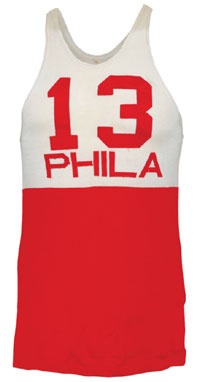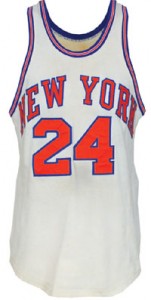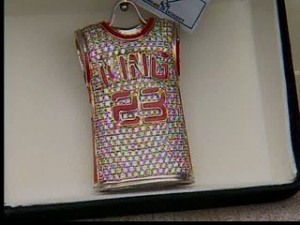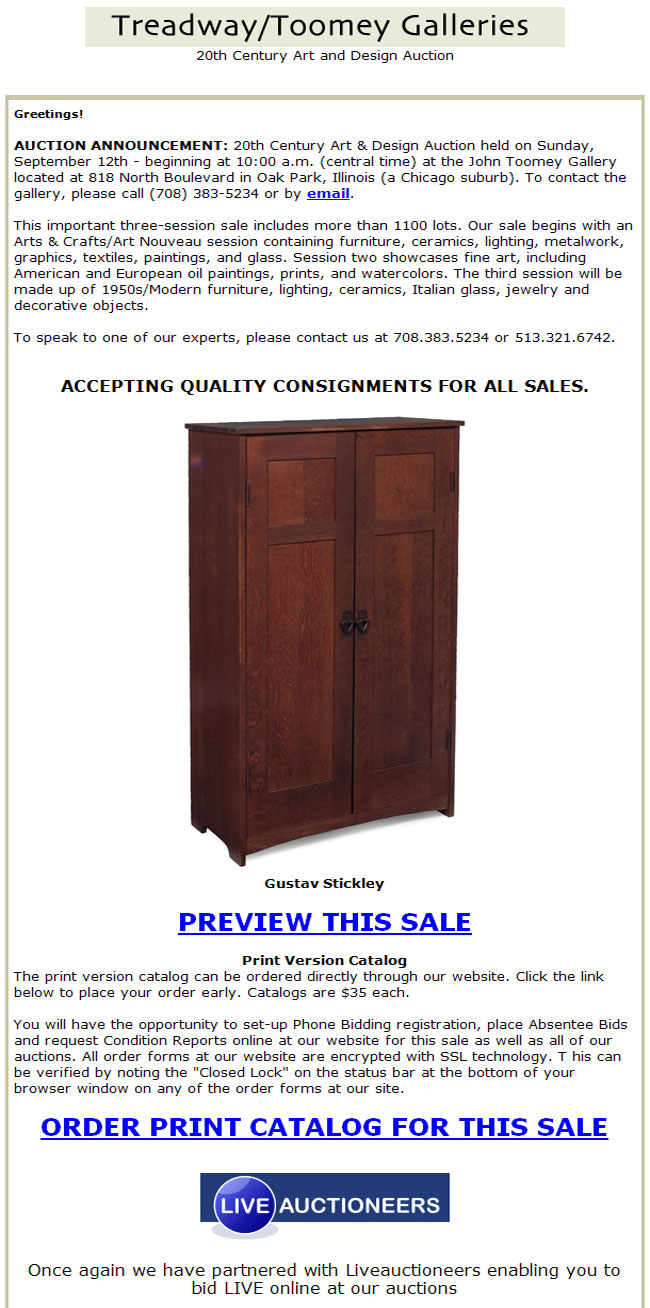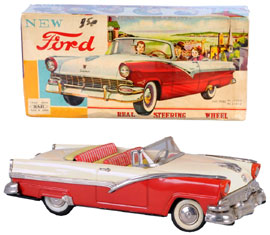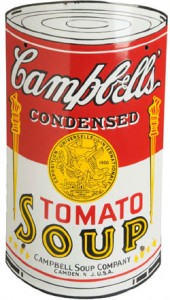Collecting with Jeff – July Newsletter – By Jeff Figler
July 28th, 2010 by adminThe following articles Jeff wrote recently for the St. Louis Post-Dispatch.
THE MASTERS TOURNAMENT
Arguably, a ticket to the Masters Tournament has the reputation of being the hardest ticket to get in all of sports. From my golfing aficionado friend Jerry Rockwell, a ticket is not as difficult as it has been, but it is still mighty tough. You can get a ticket if you are a patron, have connections, or, oh my gosh, have the money. Rockwell should know. A former touring pro on the Grapefruit Tour, now called The Nationwide Tour, he has been to virtually every Masters since 2005. He also holds the dubious distinction of trying to teach me how to play golf, but he failed miserably. I don’t know why, but golfing and me are simply incompatible. Despite that, I am a golf fan, and of the Masters in particular.
Besides tickets to the Masters being difficult to procure, and relatively pricey, memorabilia also can be a bit costly as well. Try these auction results. A 2005 Arnold Palmer-signed Masters Tournament Flag went for $353, a 1974 Masters Badge for $250, and a 1975 Spectator Guide Program for $125. In addition, a 1997 Gene Sarazen button sold for $895 in a 2008 auction, while a 1998 menu signed by Tiger Woods brought in $2932.
However, one of the most unique auction items has been the 1997 Tiger Woods Masters Tournament-used golf bag. You are probably wondering how much that went for. Well, first keep in mind that 1997 was the first year that Tiger Woods won the Masters. Okay, how about $89,625. And the bag was not even signed. I don’t know who owns it, but I know I don’t. That is not your typical item. An item that is a little less expensive is a Woods-signed Masters flag. It went for $1248. A little more like it.
I wouldn’t mind adding a ticket to the Masters to my collection. Does anyone have an extra one?
NATIONAL SPORTS COLLECTORS CONVENTION
One of the true annual highlights for many sports collectors is the National Sports Collectors Convention. This year the Convention will be held, for the first time, in Baltimore, from August 4-8, 2010.
As the Convention is on the East Coast, that may defer some collectors from coming if they are from too far away. But it is good to move the venue around.
The Convention is a great opportunity to see if any of your “wish list” items are available. It is also the perfect place to see old friends in the industry.
If you haven’t been to a National before you will see booths of large and small vendors from across the country. Do yourself a favor, and have a list of what you are specifically looking for. If you don’t, and if you don’t have a budget, trust me, you can easily be overwhelmed. A few years ago I had a “wish list” of four items, and wouldn’t you know it, I found three of them at the Convention. The other one took a couple more years to get.
At this National also there will be approximately 60-70 Hall of Famers and other stars from the major sports there to sign autographs. A few of this year’s signing stars include Cal Ripken, Jr., Willie Mays, Brooks Robinson, Tom Seaver, Bart Starr, and Joe Montana.
What started out in 1980, when a group of collectors got together in a small hotel ballroom at the Los Angeles International Airport Marriott, for what became the first National Sports Collectors Convention, has now become a full-fledged major convention.
And if you do go, try to come one of the early days in the Convention. If you wait too long, some of the vendors may be gone, as well as some of the items that you specifically wanted.
See you in Baltimore.


